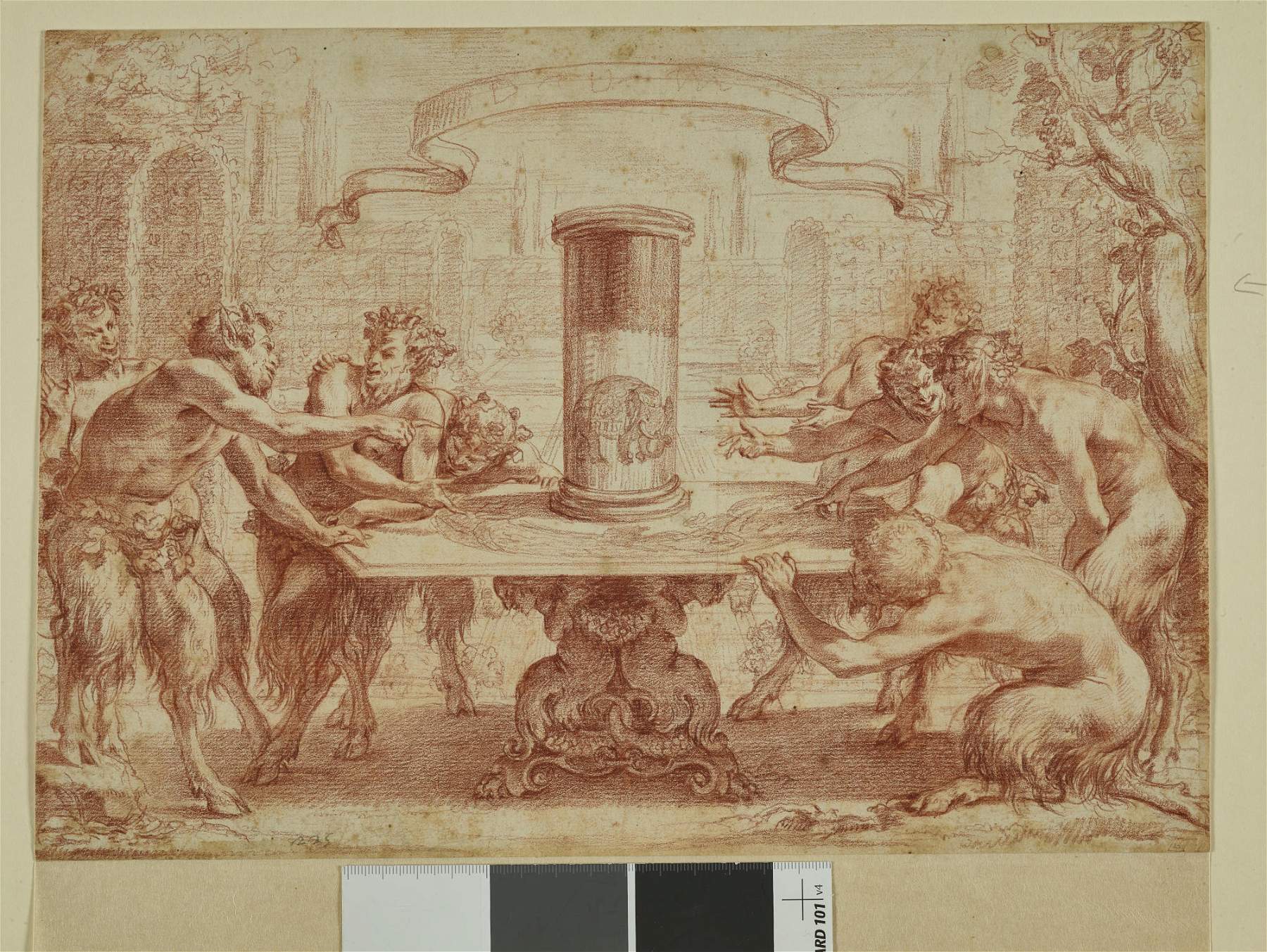Galileo, art and science under Urban VIII: "The City of the Sun" exhibition at Palazzo Barberini
On the occasion of the 400th anniversary of the publication of Il Saggiatore, the treatise by Galileo Galilei published in Rome in 1623 that laid the foundations of the experimental research method of modern science, the Museo Galileo in Florence presents the exhibition La Città del Sole. Baroque Art and Scientific Thought in the Rome of Urban VIII, curated by Filippo Camerota with the collaboration of Marcello Fagiolo, scheduled from Nov. 16, 2023 until Feb. 11, 2024 in Rome ’s Spazio Mostre di Palazzo Barberini.
With this exhibition the celebrations of Urban VIII’s election to the papal throne (1623) continue after the major exhibition The Sovereign Image. Urban VIII and the Barberini, organized by the National Galleries of Ancient Art last spring-summer. The City of the Sun, conceived by the Museo Galileo in collaboration with the National Galleries of Ancient Art, the National Central Library of Rome and the Center for the Study of the Culture and Image of Rome, is under the patronage of the Department of Culture of Roma Capitale and the National Committee for the celebrations of the fourth centenary of the election of Pope Urban VIII and is produced by the Museo Galileo in partnership with Opera Laboratori.
The exhibition celebrates the 400th anniversary of the publication of Il Saggiatore, Galileo Galilei’s treatise published in Rome in 1623, which laid the foundations of the modern concept of science, based on observation and experimentation: supported and published by the Accademia dei Lincei, and offered as an augural gift to the newly elected pontiff Urban VIII, the book grew out of a dispute over the origin of comets between Galileo and the Jesuit Orazio Grassi. The work radically refuted, in pages destined to remain memorable, the foundations of scholastic philosophy on which the Jesuit’s arguments rested, to which Galileo countered his own conception of a nature organized on the basis of rigorous mathematical principles that admit no exceptions.
On display are some 100 valuable original works, including paintings, drawings, engravings and books, on loan from prestigious Italian and foreign institutions (including, in addition to the Gallerie Nazionali di Arte Antica and the Biblioteca Nazionale Centrale in Rome, co-organizers of the exhibition, the Archivio di Stato in Rome, the Biblioteca Nazionale Centrale in Florence, the Gabinetto dei Disegni del Castello Sforzesco in Milan, the Uffizi Galleries, the Albertina in Vienna, the Bibliothèque de l’Observatoire in Paris, Hessisches Landesmuseum in Darmstadt). The exhibition aims to showcase the partnership between arts and sciences fostered by Barberini’s patronage in the Baroque capital. Maffeo Barberini’s election to the papal throne in 1623 coincided with the publication of City of the Sun by Tommaso Campanella, the philosopher whom Pope Urban VIII freed from imprisonment and welcomed among the scientists of his court.
That utopian model of a hierarchical state led by the Sun, the high priest who “commands all the sciences,” seems to have inspired the absolutist government of Urban VIII, who not by chance chose the Sun as the heraldic element associated with the bees of the Barberini arms. And the bees themselves, a natural model of absolute monarchy, lead back to a centralized, radiocentric social structure, like the campanellian city and the cosmological model that was gradually coming to accommodate the Sun at the center of the world. One of the first scientific works to greet Maffeo Barberini’s election to the papal throne-welcomed by the scientific world as “an admirable conjuncture”-was Galileo Galilei’s Il Saggiatore (The Assayer) itself, with the hope of fostering dialogue on new astronomical discoveries.The happy relationship soured heavily a decade later, when the Holy Office tried and condemned the Tuscan scientist, but in the meantime Galileo’s discoveries had ignited an extraordinarily important debate that engaged the major players of Rome’s three scientific poles: the Roman College of the Jesuits, the Academy of the Lincei and the Convent of the Minims at Trinità dei Monti.
The exhibition itinerary winds through the works of scientists who belonged to these three institutions, including, in addition to Galileo, Christoph Scheiner and Athanasius Kircher, in a creative and stimulating interweaving with the work of some of the most celebrated artists of Baroque Rome, including Gian Lorenzo Bernini, Francesco Borromini and Andrea Sacchi.
The exhibition will be accompanied by a richly illustrated Italian catalog and a bilingual (Italian/English) guidebook, both co-published by Edizioni Museo Galileo and Sillabe.
Facebook: @museogalileo |Instagram: @museogalileo
INFORMATION: www.museogalileo.it | phone: 055-2989851 | https://mostre2.museogalileo.it/cittadelsole/it/
HOURS: Tuesday - Sunday, 10 am - 7 pm. Last admission at 6 p.m. CLOSING DAYS: Mondays, December 25, January 1
TICKET: Full: 7 euros | Reduced: 3 euros (groups, school and non-school, min. 15 people; 6-18 years old; entities with which agreements have been made) | Free admission (under 6 years old; visitors in possession of a ticket to the National Galleries of Ancient Art; visitors in possession of a ticket to the Museo Galileo; accompanying teachers of school groups; ICOM members; tour guides and interpreters on duty; journalists with Order card; handicapped persons with accompanying person).
To purchase online: https://www.vivaticket.com/it/Ticket/la-citta-del-sole-allegoria-arte-e-scienza-nella-roma-di-urbano-viii/223419
 |
| Galileo, art and science under Urban VIII: "The City of the Sun" exhibition at Palazzo Barberini |
Warning: the translation into English of the original Italian article was created using automatic tools. We undertake to review all articles, but we do not guarantee the total absence of inaccuracies in the translation due to the program. You can find the original by clicking on the ITA button. If you find any mistake,please contact us.





























